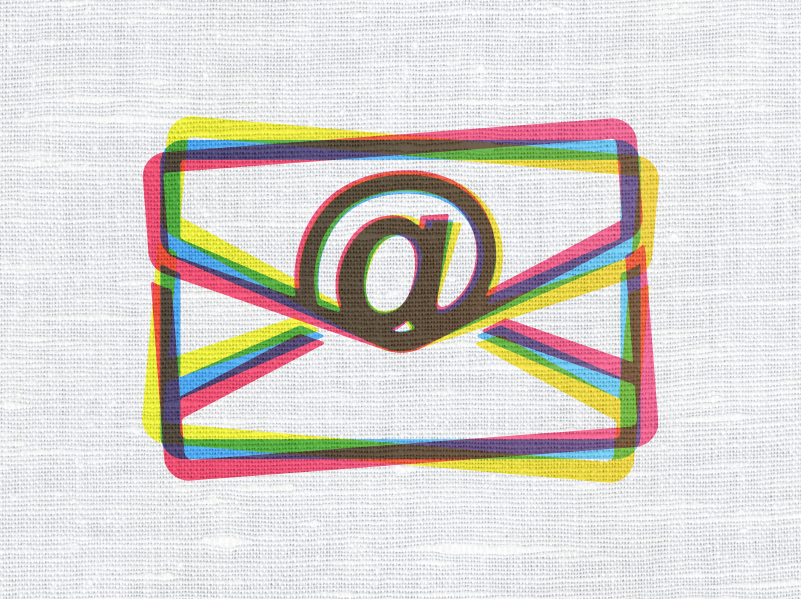![]()
If you ask people about the bane of their professional existence, email would probably top the list, matched by conference calls, staff meetings, and performance reviews. Email drives us crazy, and for good reason. Half of all email is spam. The rest just feels that way.
We’ve all heard tons of great advice about how to manage email. But so long as we continue to proliferate terrible email, the problem will persist. I’d like to see us learn how to write better email—email that actually gets a reply, fast.
First, we need to recognize our mistakes and vow to ourselves that we will no longer send meaningless one-liners like “thanks,” “sure,” or “no problem.” Only send short messages to confirm projects, meetings, and deadlines, not the receipt of information.
Second, stop with the three-pagers. Email is not the right context for that much content, which should be sent in a memo or a letter. You can always prepare the longer document and send it via email with a cover note in the body of the message. You should also consider sending an email to set up a meeting, a conference call, or a presentation where you share the content in person.
Third, pause and think before hitting “send.” No one wants to accidentally “reply all,” and no one wants us to cram their inbox with 20 follow-up messages because we forgot to proofread the first time around.
So much for what NOT to do. Here’s what we should be doing to get replies to our emails, fast:
(1) Be professional. Email is today’s version of the standard business letter. Email automates some of its parts, others are left to us to create. Specifically, we are responsible for addressing the message to the right person or people, creating the subject line, writing a salutation and closing, and crafting the content in a professional manner.
(2) Be polite. Tone is particularly difficult to assess in short, written communications. For this reason, we need to go over and above to be polite in email, especially when we are asking people to do things. Otherwise we run the risk of sounding arrogant or rude.
“Please” and “thank you” are still magic words. Use them liberally. Address people by name with “dear” (if you have never met them), “hello” (if you have met them but do not know them), and “hi” or “hey” if you know them well. Close with something neutral such as “sincerely,” “thank you,” or “take care.”
(3) Be specific. People see email the way they see a to-do list. Our goal in reading an email message is to figure out what we have to do in order to delete it. If you can make that message simple and crystal clear, your email will move to the top of the to-do list.
Keep action items limited. Strive for one action item per email. State it briefly in the subject line, again in the introduction, and once more in the conclusion.
If you have to include more than one action item, use a separate paragraph for each one. Put the action item in a succinct statement at the close of the paragraph, and highlight it with bold and italic letters.
These three tips—be professional, be polite, and be specific—practically guarantee that your email will receive a response, fast. People perceive professional communication as having a high priority. People respond to polite communication with positive emotions. And people complete clear, specific action items in order to gain a sense of accomplishment and competence on the job.
Put these three tips to use, and be sure to let us know how they work for you!
Michelle Baker, the Conservation Writing Pro [http://conservationwritingpro.com], trains the government scientists who conserve our nation’s resources and edits conservation documents. Contact her for all your writing training needs: michelle@conservationwritingpro.com
Michelle Baker is part of the GovLoop Featured Blogger program, where we feature blog posts by government voices from all across the country (and world!). To see more Featured Blogger posts, click here.





Avoid run on paragraphs. Inserting adequate “white space” in the email makes it easier to skim quickly. Also helps to emphasize key points in the correspondence.
Thanks for sharing these great tips! It’s so important to send good emails, especially to get a faster response.
Thank you!